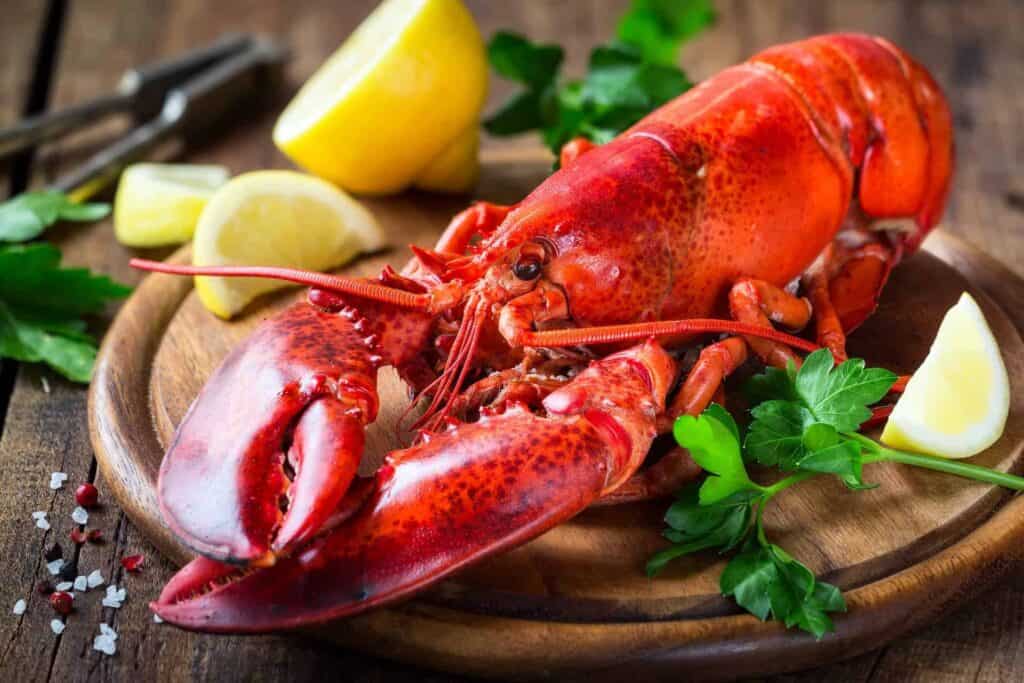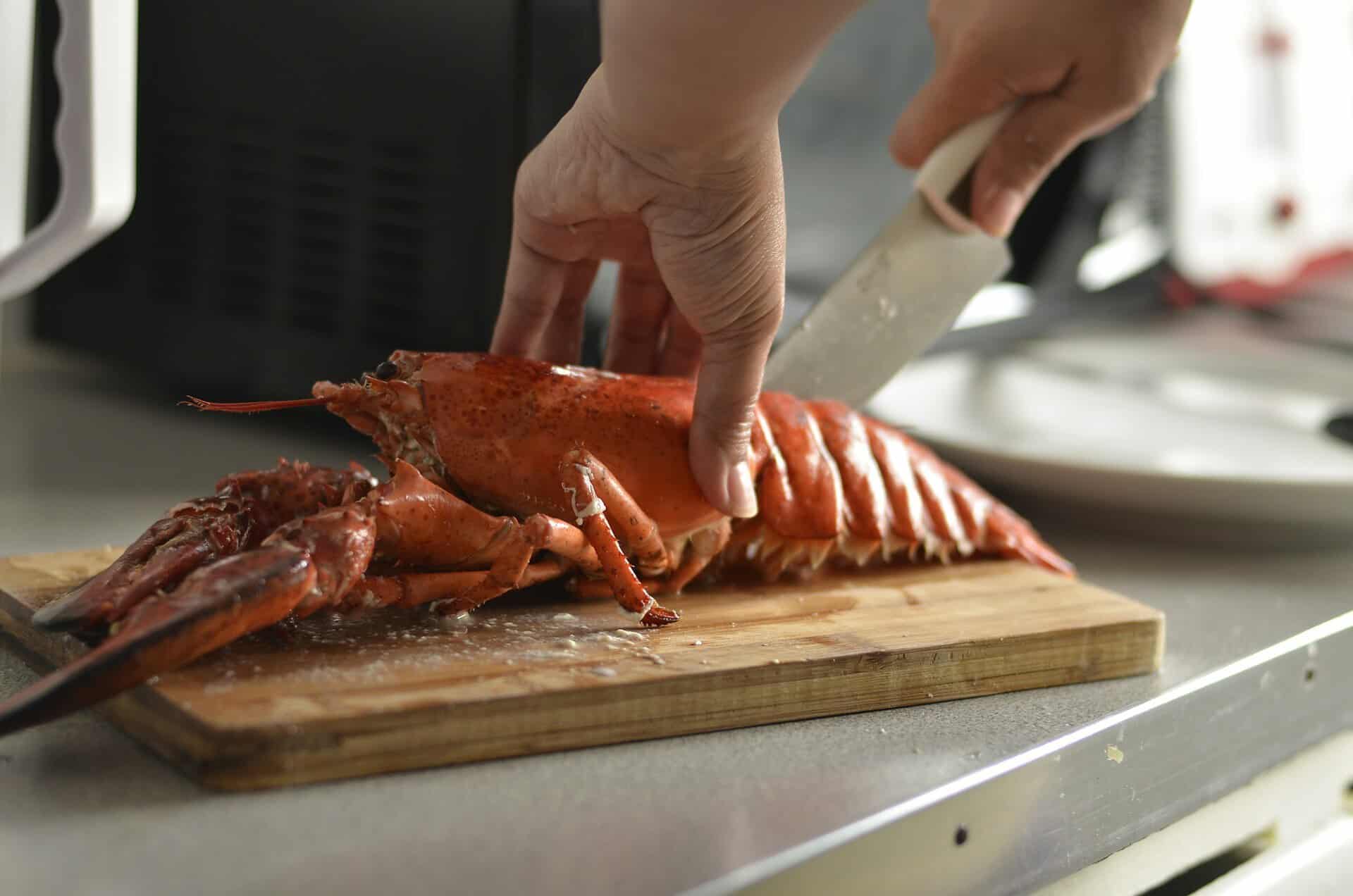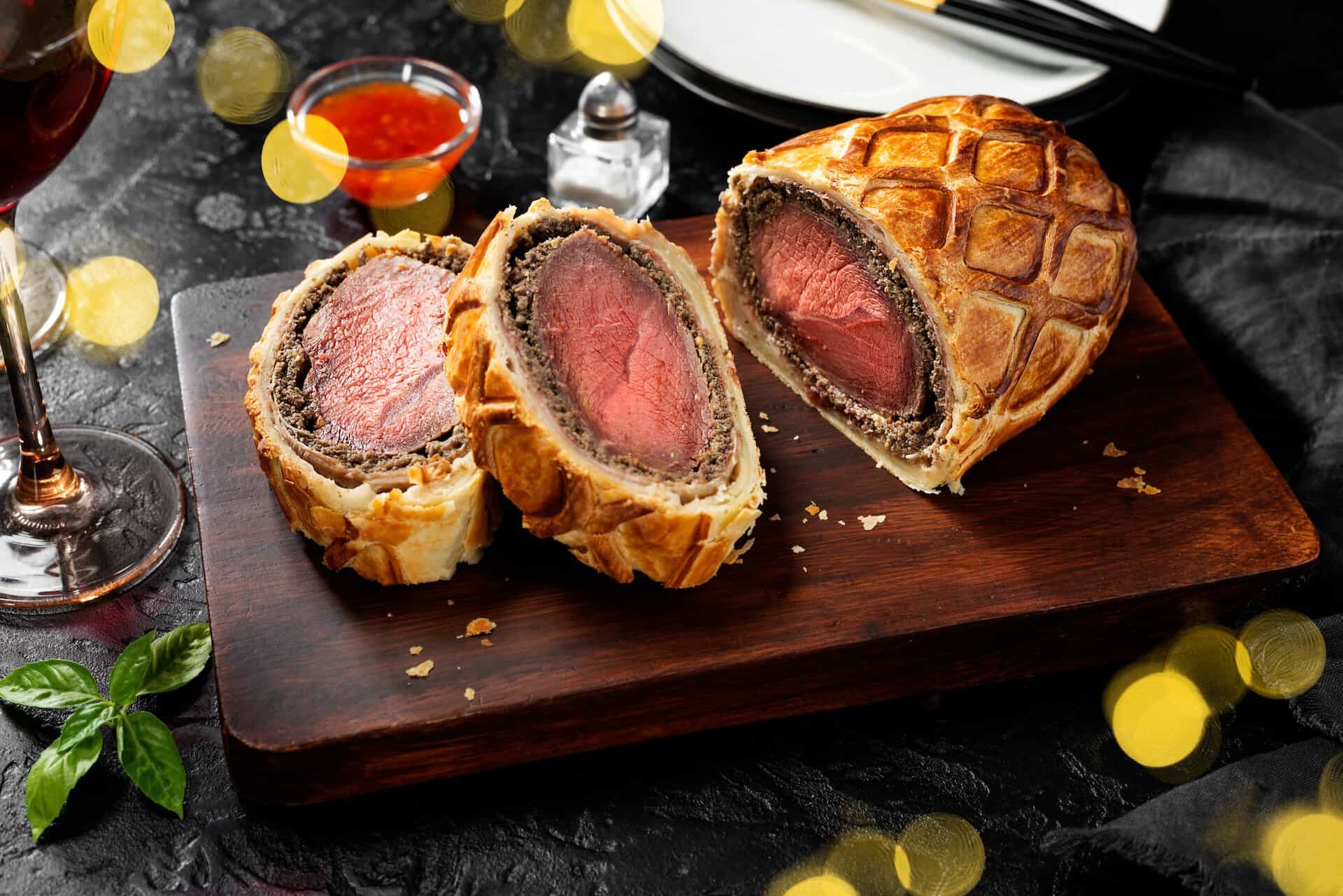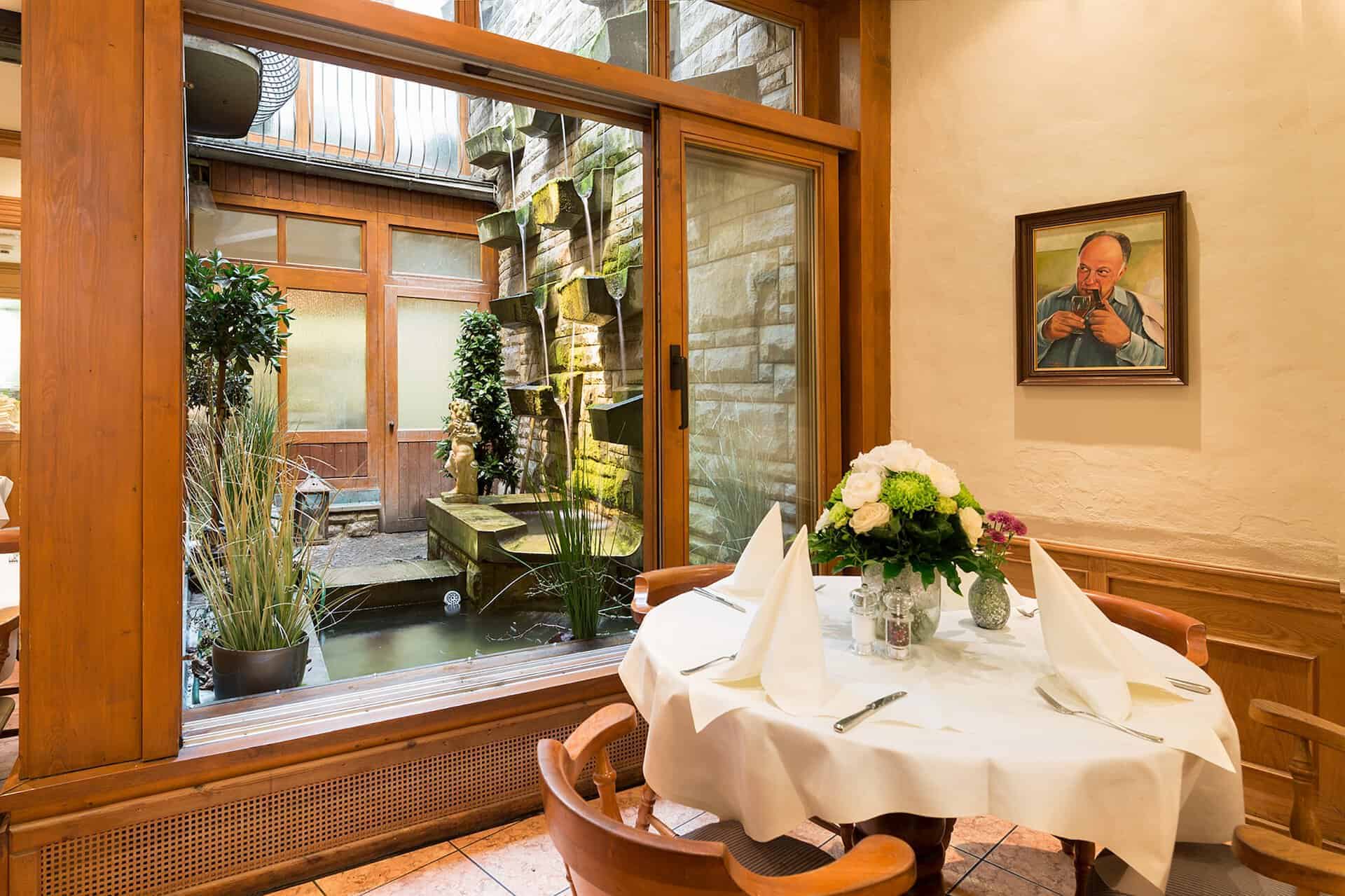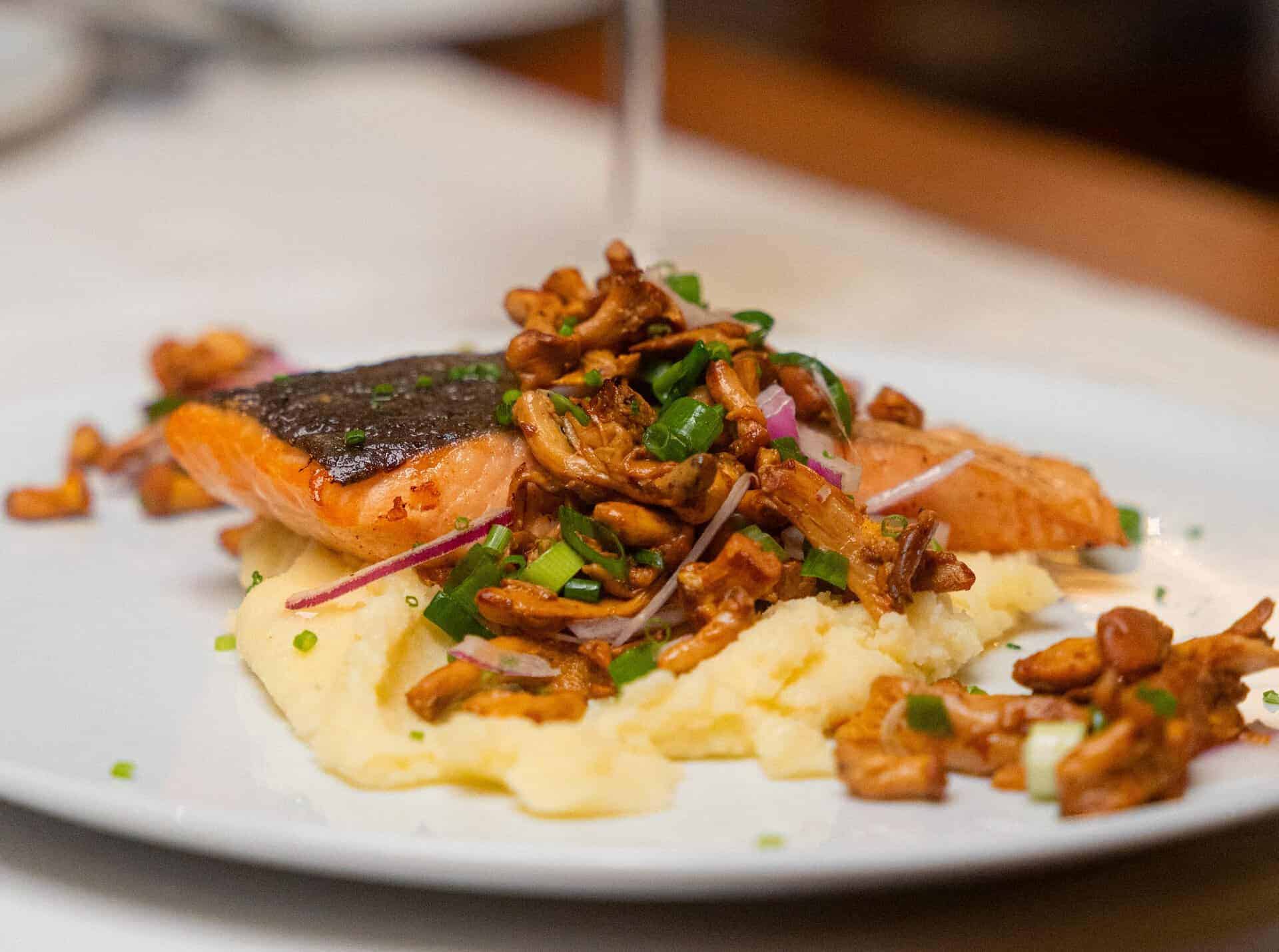Preparing lobster: A guide to the perfect delicacy
Lobster is one of the finest delicacies and is undoubtedly one of the highlights of a festive menu. To get the best out of this luxurious sea creature, it is essential to pay attention to quality, prepare it properly and take care when cooking it. In this article, you will learn how to select a high-quality lobster, prepare it to perfection and apply valuable tips straight from the chef.
Finding the right Hummer: What you should look out for
The first step to a successful lobster dish begins with the purchase. A fresh lobster is the be-all and end-all for successful preparation. Make sure you choose a live lobster, as only this will retain its optimum quality. A live lobster should be active and move vigorously. A tired, weak lobster may indicate that it is no longer fresh.
Another sign of quality is the lobster’s shell. This should be shiny and firm. Weight also plays a role: a good lobster ideally weighs between 500 grams and 1.5 kilograms. Larger lobsters have more meat, but the meat can be firmer and less tender.
The origin of the lobster is also important. European and American lobsters are the most common varieties on the market. Both have an excellent flavour, but European lobsters are often considered to be particularly aromatic.
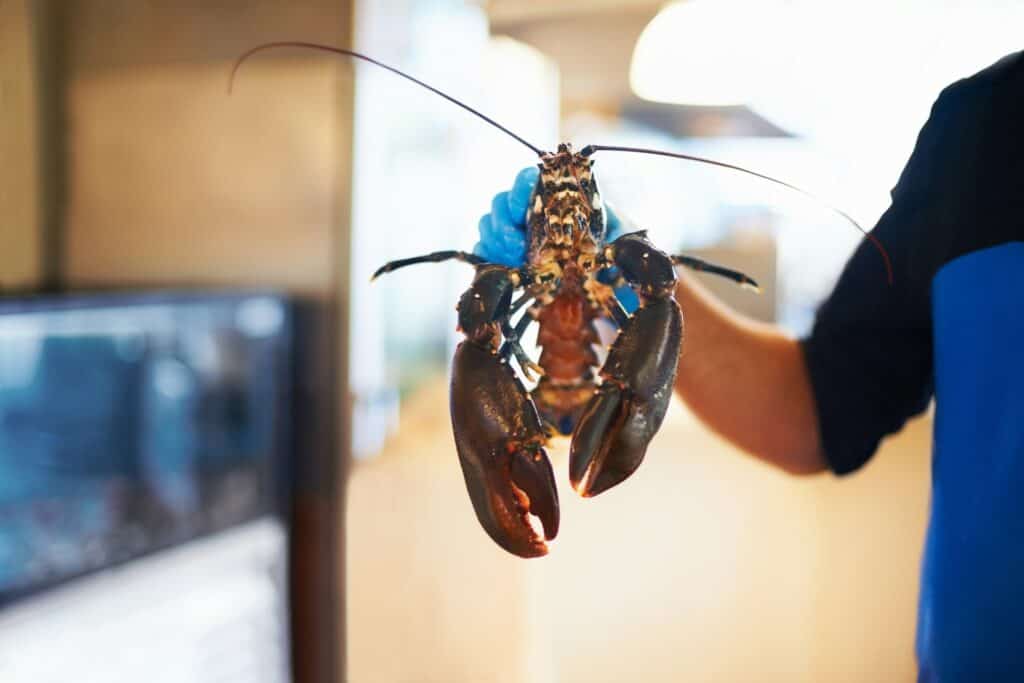
Correct preparation and cooking: from the bain-marie to the plate
Once you have selected your lobster, it’s time to prepare it. Many people have reservations about cooking a live lobster, but with the right method it is stress-free for both the animal and the cook. Place the lobster in the freezer for a few minutes. This will gently anaesthetise it and make the next step more humane.
Bring water to the boil in a large pan and salt it generously. Around 70 to 80 grams of salt per litre of water imitates the natural salt content of the sea and ensures that the lobster retains its flavour. As soon as the water boils, immerse the lobster upside down. Make sure that the water comes back to the boil quickly to ensure even cooking.
The cooking time depends on the size of the lobster. A 500 gram lobster needs about 10 minutes cooking time, while a one-kilogram lobster needs about 20 minutes. The shell should turn a bright red colour during cooking – this is a clear sign that the lobster is cooked.
After cooking, remove the lobster from the water and allow it to cool briefly. The lobster can then be disassembled. Twist the tail off the body and crack the claws with a nutcracker. The easiest way to remove the tail meat from the shell is with kitchen scissors.
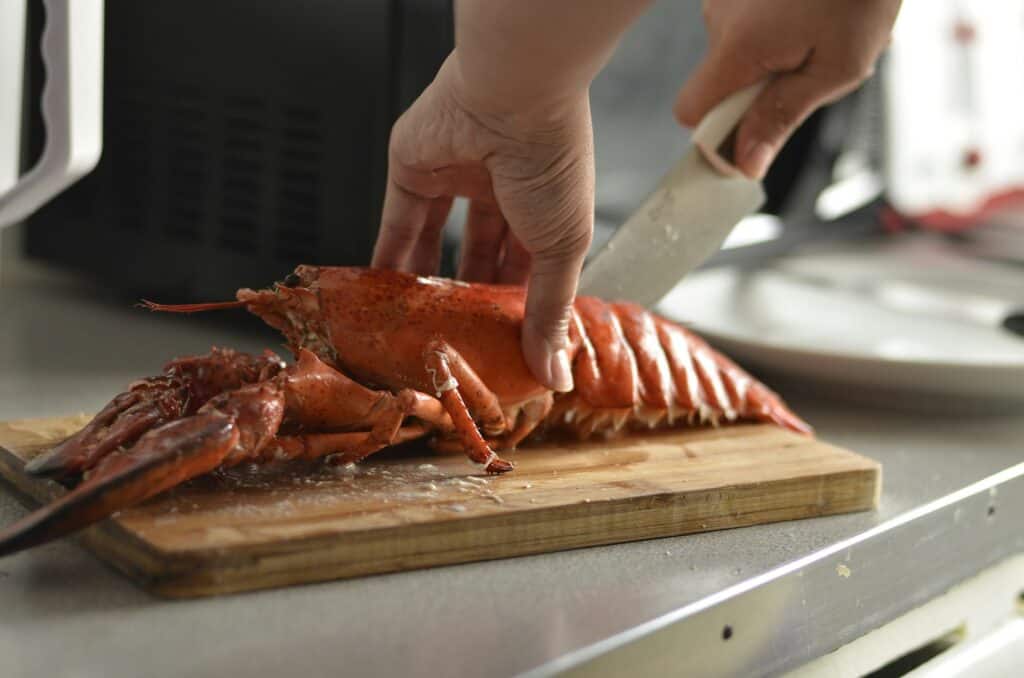
Tips from the chef: How to make your lobster dish a success
An experienced chef knows that when it comes to preparing lobster, it’s the details that make the difference between a good dish and an exceptional one. Here are some valuable tips to help you get the best out of your lobster:
- Emphasise flavours, do not mask them: The natural flavour of lobster is delicate and sweet. Avoid overpowering the lobster with strong flavours. Simply sautéed in butter, with a hint of garlic and fresh herbs, the flavour of the lobster is at its best.
- Grilling for more flavour: Another way to make the lobster meat even more aromatic is to grill it. Cut the lobster in half lengthways, brush the meat with herb butter and grill briefly over a medium heat. This method gives the meat a slightly smoky flavour and makes it particularly succulent.
- Do not throw away lobster stock: The carcass and shells of the lobster can be processed into an intense lobster stock, which makes an excellent base for soups, sauces or risotto. Simply simmer the shells in water with some vegetables and spices – so none of the lobster goes to waste.
- Wine recommendation: A good wine takes the flavour experience to a new level. A dry Chardonnay or an elegant Riesling harmonise wonderfully with the sweetness of the lobster meat. A glass of champagne is also an excellent choice if you want to add a festive touch to your lobster dish.
- Perfect side dishes: Accompany the lobster with simple but high-quality side dishes such as green asparagus, fine potatoes or a light leaf salad. These side dishes emphasise the flavour of the lobster without overpowering it.
Preparing lobster may seem challenging, but with the right preparation and a few professional tips, your lobster dish will be a real highlight. Start with a fresh lobster of the best quality, cook it carefully and focus on simple but effective preparations. Your lobster will not only be visually impressive, but also offer an unforgettable flavour experience.
